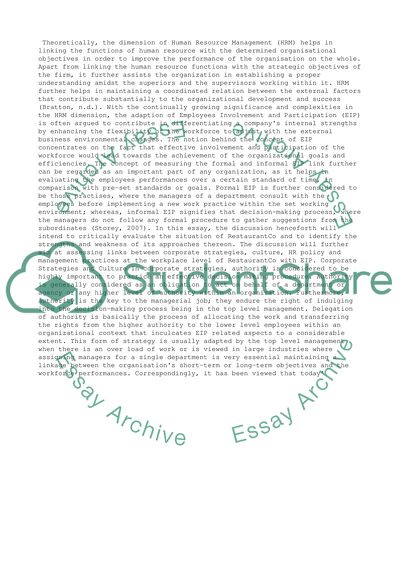Cite this document
(“Critically review the situation at RestaurantCo and identify the Essay”, n.d.)
Critically review the situation at RestaurantCo and identify the Essay. Retrieved from https://studentshare.org/management/1485496-critically-review-the-situation-at-restaurantco
Critically review the situation at RestaurantCo and identify the Essay. Retrieved from https://studentshare.org/management/1485496-critically-review-the-situation-at-restaurantco
(Critically Review the Situation at RestaurantCo and Identify the Essay)
Critically Review the Situation at RestaurantCo and Identify the Essay. https://studentshare.org/management/1485496-critically-review-the-situation-at-restaurantco.
Critically Review the Situation at RestaurantCo and Identify the Essay. https://studentshare.org/management/1485496-critically-review-the-situation-at-restaurantco.
“Critically Review the Situation at RestaurantCo and Identify the Essay”, n.d. https://studentshare.org/management/1485496-critically-review-the-situation-at-restaurantco.


